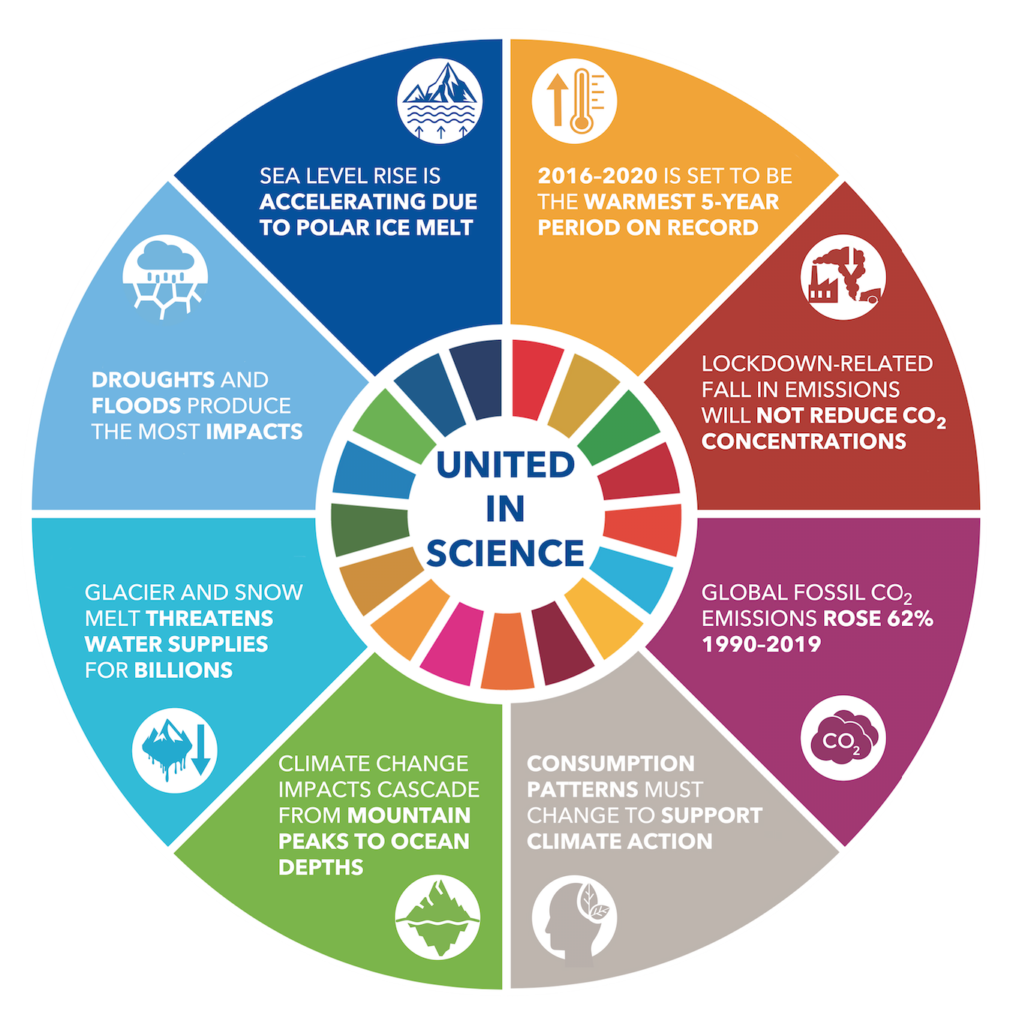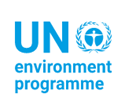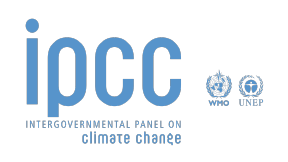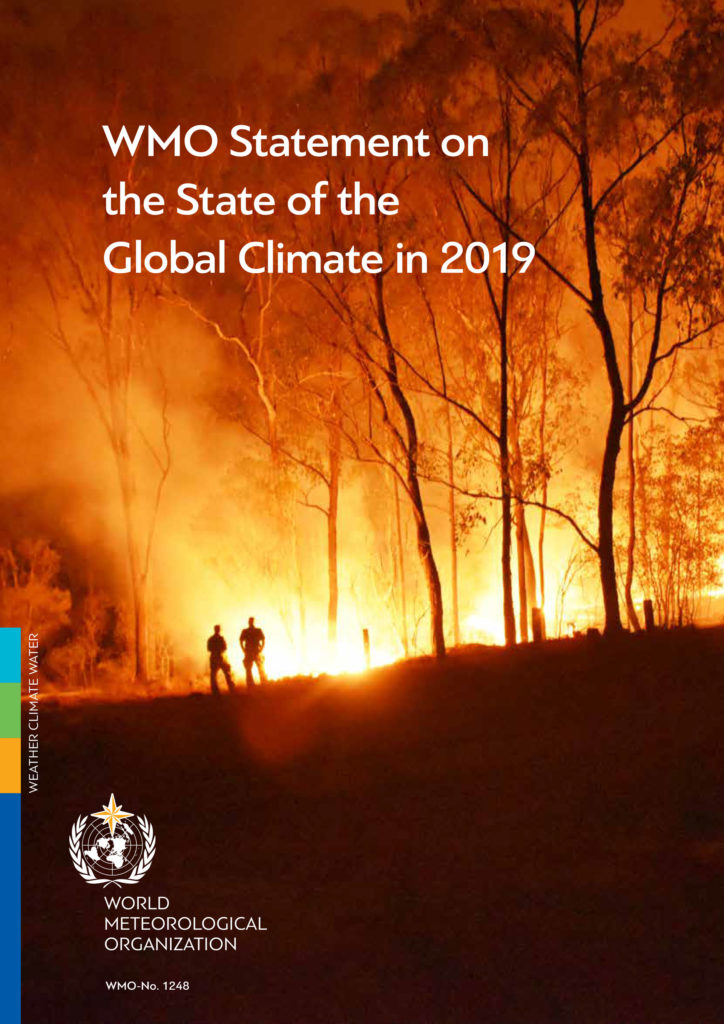 The COVID-19 pandemic has produced significant impacts on the global observing systems for weather, climate, water and ocean health, which in turn have affected the quality of forecasts and other weather, climate and ocean-related services.
The COVID-19 pandemic has produced significant impacts on the global observing systems for weather, climate, water and ocean health, which in turn have affected the quality of forecasts and other weather, climate and ocean-related services.
Immediate impacts on the Global Ocean Observing System (GOOS) – UNESCO-IOC
 |
Figure 1. Global Ocean Observing System (GOOS) Networks |
In March 2020 governments and oceanographic institutions recalled nearly all oceanographic research vessels to home ports. Since around the same time, commercial ships have been unable to contribute vital ocean and weather observations. In addition, ocean buoys and other systems could not be maintained, in some cases leading to their premature failure. Even autonomous equipment could not be deployed to cover gaps in the system.
The Global Ocean Observing System (GOOS)1 organized a systematic review of the impact of COVID-19 pandemic on the ocean observing system, including the eleven global in situ ocean observing networks2 (Figure 1), to assess risk across the full range of essential climate and ocean variables used in services from weather forecasting to commercial shipping and ocean policy, as well as in addressing climatic change.
Four valuable full-depth ocean surveys – of over a dozen different climate and ocean related variables such as carbon, temperature, salinity, and water alkalinity, completed only once per decade by the GO-SHIP network – have been cancelled.
Surface carbon measurements from ships, which tell us about the evolution and fate of greenhouse gases, also effectively ceased.
There has been a slowdown in the deployment of autonomous instruments, such as drifting buoys, drifting floats and underwater gliders (see Table 1). Though these instruments are more resilient, operating autonomously for months to years after being deployed by scientists3, they need regular deployment. Ocean gliders also saw a drastic decline in operations causing gaps in time-series, but operations are now re-bounding as restrictions ease.
 |
Table 1. Data source, www.jcommops.org *119 floats deployed from R/V Kaharoa (New Zealand) in southern hemisphere (Indian and Southern Oceans). |
The global drifter array, which provide sea surface measurements to national weather prediction centres, was at full capacity when the pandemic began and is not solely dependent on research vessels for deployments.
Coastal ocean observing stations such as sea-level gauges and high-frequency radar maintained critical function, with many individual operators working from home under COVID-19 restrictions. This is particularly vital as the sea-level observations from the Global Sea Level Observing System (GLOSS) provide the underpinning to the tsunami warning system and essential climate knowledge and mitigation strategies. It is crucial that GOOS operations are considered essential so that these operators can continue to deploy and maintain instruments safely. Overall the GOOS has shown remarkable resilience, this is in great part due to the increased use of autonomous instruments and the actions of observing system operators.
Action required to maintain ocean observing operations
As research vessels resume operations, it is of paramount importance that the essential maintenance of deep-sea moorings is resumed. These moorings monitor major ocean currents and critical air-sea exchanges for ocean and weather prediction and climate, as well as providing essential long time series of critical climate data4. Although some operators have been able to reduce the frequency of observation to preserve battery life, several moorings are still at risk of failure in the coming months.
The Argo network is heavily reliant on research vessel cruises for reseeding the array and a 10% reduction in the flow of data from the Argo network was detected in July 2020. While it is too early to tell the extent to which this is due to COVID-19, the low level of recent Argo float deployment compounds the situation and cannot be immediately remedied. The global array of Data Buoy Cooperation Panel (DBCP) drifting floats is now showing a decline in observations arriving to the real-time data systems of the order of 17%, compared with early 2020.
Several nations restarted research vessel operations in July and August 2020 (Australia, Belgium, Finland, Germany, Netherlands, New Zealand, and United States of America). However, there is concern that the operation of some research vessel may not resume and those that do may do so under constraints, such as reduced crews and home-port to home-port cruises.
With research vessel operations impacted through 2020 and possibly into 2021, it is vital that there is careful international coordination across national research vessel fleets to ensure we do not compromise essential climate and weather prediction datasets. The observing network should also assess operational flexibly, such as contracting commercial vessels, using ships of opportunity or navy vessels, and partnership with local and indigenous populations. And all of this needs to be understood in the context of the safety of vessels, crew and operators.
Immediate impacts on land and air atmospheric observations – WMO
 |
Figure 2. Monthly mean daily volume of aircraft-based observations in the WMO Information System (WIS) from 31/01/2018 until 23/07/2020. From levels of over 800 000 observations per day from several sources, including the WMO Aircraft Meteorological Data Relay (AMDAR) programme, before the crisis, data volume fell dramatically to around 200 000 observations in March and April 2020. Please note that BUFR and AIREP / ADS-C and FM42 are different reporting formats for aircraft observation data. |
 |
Figure 3. Surface observations anomalies from January to July 2020 (with respect to the same months in 2019) on a country basis . Note that not all station reductions have been caused by the COVID-19 pandemic. |
The significant reduction of aircraft-based observations by an average of 75% to 80% in March and April 2020, compared to normal, have and are still degrading the forecast skills of weather models. In some of the most vulnerable areas, where in situ measurements are also scarce, the loss of data was even larger; up to 90% in the tropics and in the southern hemisphere. Since June 2020, a slight recovery in observation numbers has occurred as countries gradually increase domestic and international flights (Figure 2). However, this recovery is expected to continue to be slow as experts do not foresee a return to pre-COVID-19 levels for industry for at least another 12 months or more. In order to partly mitigate the loss of aircraft data, some countries started launching extra radiosondes. This was and is still taking place, especially in Europe under the coordination of the European Meteorological Services Network (EUMETNET).
However, in many parts of the world, the pandemic had significant impacts on in-situ weather observations, particularly in countries and regions reliant on manual observations, including large parts of Africa and South America. Lockdowns and mandatory tele-working policies in many countries interrupted the data delivery chain and have highlighted the vulnerability of non-automatic stations under these circumstances. As a result, the transmission of surface and upper-air observation data has stopped completely for several countries and many exhibited significant drops in the period between January and July 2020 compared to pre-COVID-19 situation (Figure 3).
The reduction in observations can lead to lower weather forecast skills globally, and particularly in the countries and regions affected. Especially in regard to weather and climate related warnings to protect lives and property, this situation is alarming and highlights the need for sustained investment in automated observing systems around the globe. The drop in aircraft observations, which are crucial for global weather forecasting, showcases the importance of complementary and partially redundant systems in order to be resilient to data losses from one component of the system. In the longer-term, the financial impacts of COVID-19 are also expected to affect the capacity of countries to support their national early warning and weather observing capacities, with potential negative consequences both locally and globally. Observations taken for monitoring and forecasting daily weather are among the Global Climate Observing System’s (GCOS) Essential Climate Variables (ECVs). Accumulated historical ECV data is essential for applications such as tracking climate variability, extremes and trends, for validating seasonal and annual to decadal climate forecast skill, and for generating climate change projections. As daily weather observations decline, the resulting gaps in the long term historical record negatively affect these climate time-scale applications as well.
Resilience through space-based and automated observations
Space-based observations are crucial component of the observation network of WMO Members. Currently, around 30 meteorological and 200 research satellites provide continuous, highly automated observations. The pandemic demonstrated the importance of this component, which has continued to deliver data throughout the crisis. This holds true also for automatic surface weather stations which are used almost exclusively in developed countries and increasingly also in developing countries.
Immediate impacts on land-based observations
For the manifold land-based observations that are crucial to monitor the Earth’s climate and the impacts of climate change, the impacts of COVID-19 are very diverse and not fully visible or/and understood yet. Lockdowns and travel restrictions are very likely to prohibit measurement campaigns for the mass balance of glaciers or the thickness of permafrost, which are usually done once a year at the end of the thawing period. For the northern hemisphere this will mean that many long time series will be discontinued in 2020. For hydrological observations like river discharge, the situation is similar to that of atmospheric in situ measurements, and automated systems are expected to continue delivering data whereas gauging stations that depend on manual reading are affected in many countries.
Acting to maintain critical function of the global observing systems
These results teach us the importance of international cooperative action between networks, countries and global organizations such as UNESCO-IOC and WMO, in order to help sustain key observations and flows of data:
- Global Ocean Observing System (GOOS) activities to be considered as essential work.
- Increased international coordination across national research vessel.
- Flexibility in operations can be implemented through partnership with commercial and local operators.
- Coordinated reseeding of autonomous arrays and expanded consideration of unmanned platforms is necessary.
- Investment to accelerate the transformation from manned to automatic in-situ observation stations, especially in the developing world.
- Increased resilience through redundancy and complementary networks across surface and space-based platforms.




 Concentrations of the major greenhouse gases, CO2, CH4, and N2O continued to increase in 2019 and 2020. Overall emissions reductions in 2020 will lead to a small reduction in the annual increase of the atmospheric concentrations of long-lived greenhouse gases. Sustained reductions in emissions are required to stabilize global warming.
Concentrations of the major greenhouse gases, CO2, CH4, and N2O continued to increase in 2019 and 2020. Overall emissions reductions in 2020 will lead to a small reduction in the annual increase of the atmospheric concentrations of long-lived greenhouse gases. Sustained reductions in emissions are required to stabilize global warming.










 The global ocean covers 71% of the Earth surface. Around 10% of Earth’s land area is covered by glaciers or ice sheets. The ocean and cryosphere support unique habitats and are interconnected with other components of the climate system through global exchange of water, energy and carbon.
The global ocean covers 71% of the Earth surface. Around 10% of Earth’s land area is covered by glaciers or ice sheets. The ocean and cryosphere support unique habitats and are interconnected with other components of the climate system through global exchange of water, energy and carbon.







 The United Nations Environment Programme (UNEP) issued its tenth Emissions Gap Report in late 2019 and the preparations for the 2020 report are on track for December 2020. The reports assess the difference between where global greenhouse gas (GHG) emissions are heading and where they need to be for the world to get on track to keeping global warming within the agreed goals in the Paris Agreement.
The United Nations Environment Programme (UNEP) issued its tenth Emissions Gap Report in late 2019 and the preparations for the 2020 report are on track for December 2020. The reports assess the difference between where global greenhouse gas (GHG) emissions are heading and where they need to be for the world to get on track to keeping global warming within the agreed goals in the Paris Agreement.












